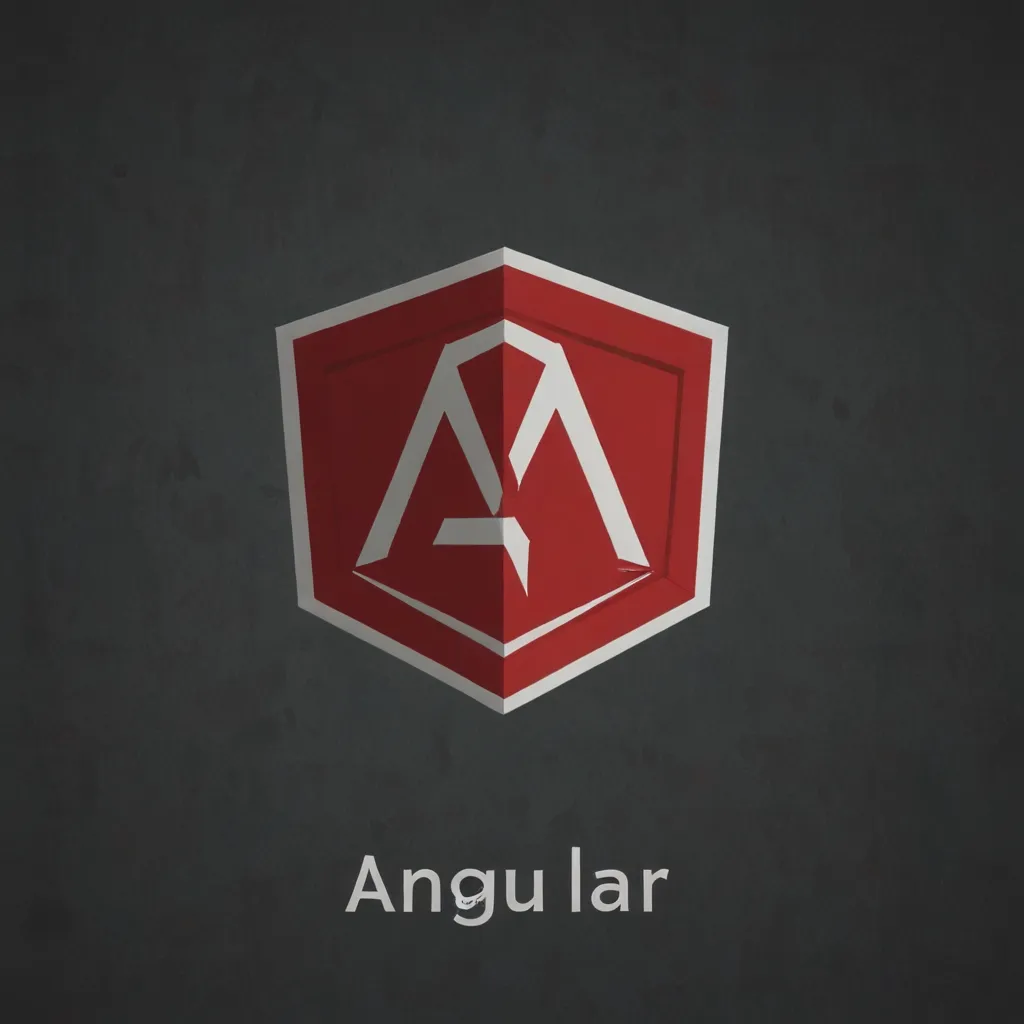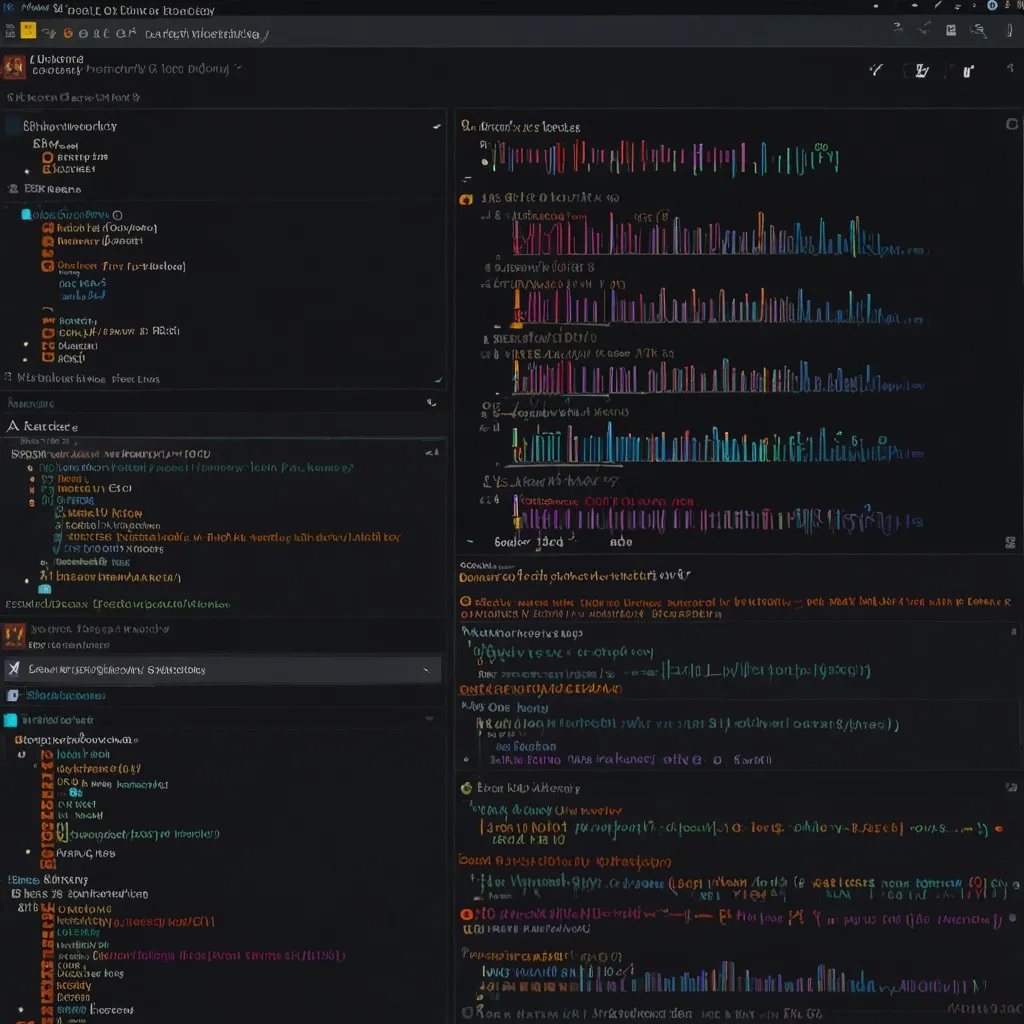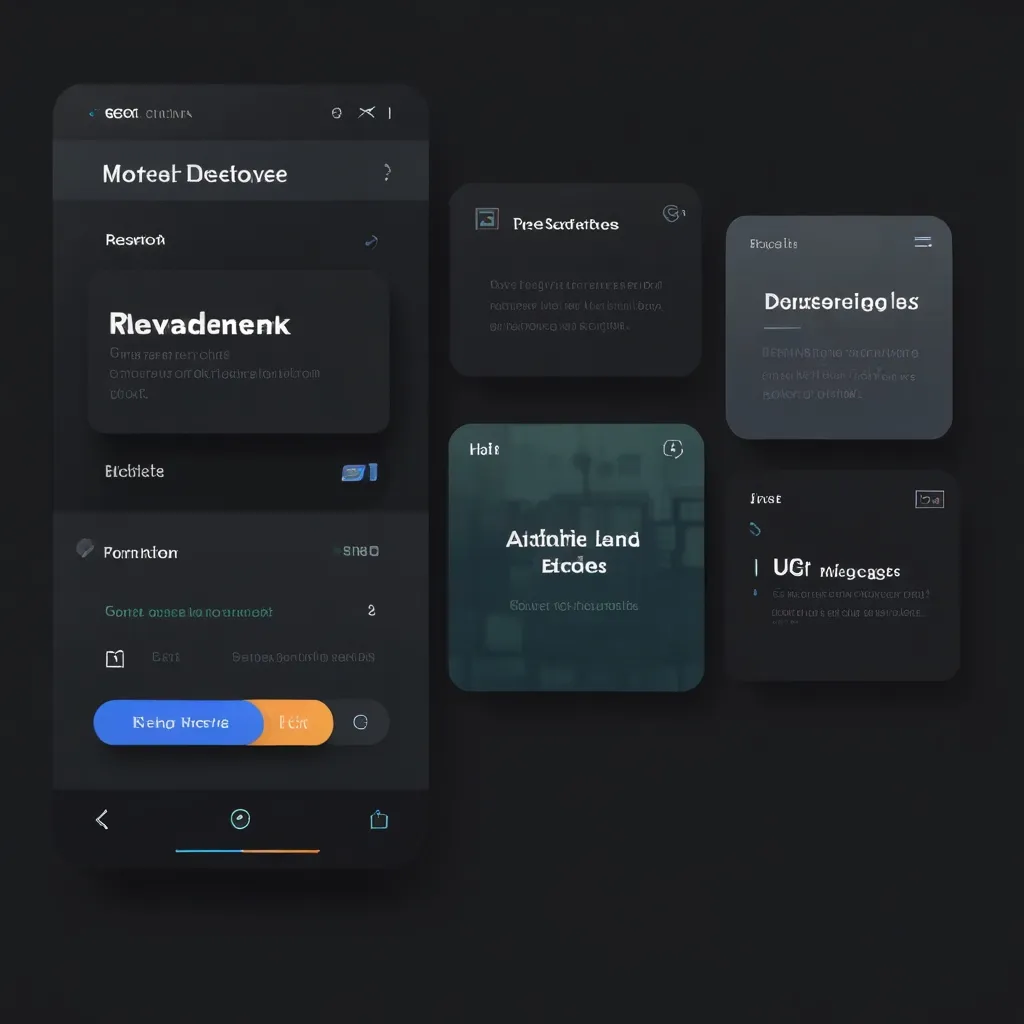So, buckle up, because we’re diving straight into the wonderful world of Angular. If you’ve been rummaging through the maze that is web development, you’ve probably stumbled upon Angular, a powerhouse framework backed by Google. It’s been the go-to for building slick single-page applications since way back in 2009. Angular’s come a long way from its original form, AngularJS, embracing significant changes and innovations over the years.
Let’s just start with what Angular really is. Picture it as an open-source platform built using TypeScript, a smarter cousin of JavaScript. It’s like getting the best pair of shoes for a marathon; it provides a solid foundation for creating dynamic, interactive applications. If you’re aiming for scalable web applications that are a breeze to maintain, Angular is your shortcut.
Angular wasn’t always the streamlined, efficient framework we know today. It kicked off as AngularJS and became a hit for its simple way to create dynamic SPAs. But like an old computer that can’t keep up with the latest software, AngularJS started lagging behind as web technology evolved. That’s when Google hit the reset button and gave us Angular 2 in 2016, ditching JavaScript for TypeScript and introducing a whole new suite of features. The result? A much faster and more efficient framework.
A standout feature of Angular is its reliance on TypeScript. This is a version of JavaScript with a few bells and whistles, like typing and a more concise way to write code. Why is this important? It makes the code less buggy and easier to manage. TypeScript fully supports modern ECMAScript standards, so debugging is a no-sweat affair.
Another cool thing about Angular is its component-based architecture. Think of components as the building blocks of your app. Each one is a self-contained unit, complete with its own HTML, CSS, and TypeScript code. This makes them super reusable and easy to manage. On the downside, if you’re new to Angular, it might feel like jumping into the deep end of the pool with no lifeguard in sight.
Now, here’s where Angular really speeds up your workflow—the Angular CLI. This command-line interface is like having a Swiss Army knife for your development process. Need to build a component? There’s a command for that. Want to run tests or serve your app? The CLI has you covered. It keeps things consistent and saves loads of time.
What’s more, Angular has been designed with mobile in mind. Whether you’re developing for a desktop browser or a mobile phone, Angular ensures a smooth user experience. This is a big step up from AngularJS, which wasn’t exactly mobile-friendly.
So, how do you even get started with Angular? First, you’ll need some basics in HTML, CSS, and JavaScript, and know your way around a terminal. Once you’re set, the first step is to install Node.js and npm. After that, get the Angular CLI up and running with npm install -g @angular/cli. From there, you can create a new project with ng new my-app, navigate to your project directory, and start the server with ng serve. Boom! You’re in business.
You’ll quickly find that components are at the heart of Angular. Creating one involves using the @Component() decorator to specify details like the HTML template and styles. Your component class will contain all the logic, and your HTML template will define what shows up on the page. Let’s whip up a quick example:
import { Component } from '@angular/core';
@Component({
selector: 'app-feature',
template: '<p>Feature Component</p>',
styles: ['p { color: red; }']
})
export class FeatureComponent {
title = 'Feature Component';
}
This simple snippet gives you a FeatureComponent with a basic template and some inline styles. Easy, right?
But let’s be real for a second: Angular isn’t all smooth sailing. The framework can feel overwhelming, especially if you’re new to modern web development or coming from a plain JavaScript background. You’ll need to get a handle on concepts like modules, dependency injection, and reactive programming with RxJS.
However, if you’re familiar with Object-Oriented Programming (OOP), you’ll probably find Angular’s structure a bit more intuitive. It uses classes, interfaces, services, and dependency injection, aligning well with traditional software engineering practices.
In the grand scheme of web development, Angular is particularly attractive for large-scale enterprise applications. Google backs it, which says a lot about its stability and long-term viability. A plethora of Google apps run on Angular, a testament to its reliability and performance.
To wrap things up, Angular is like that multi-tool in your workshop that can handle almost anything you throw at it. Yes, there’s a learning curve, but the payout is substantial. With its robust set of features, TypeScript support, and comprehensive toolset, Angular helps you build fast, dynamic, and maintainable web applications like a pro. So, get your hands dirty, dive into Angular, and transform your web development game.






